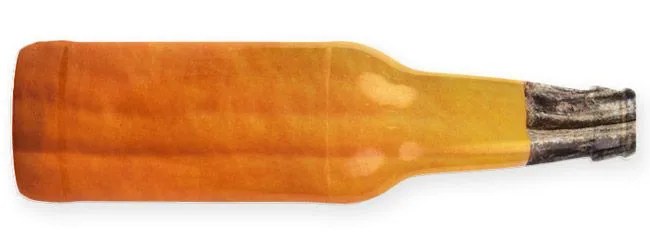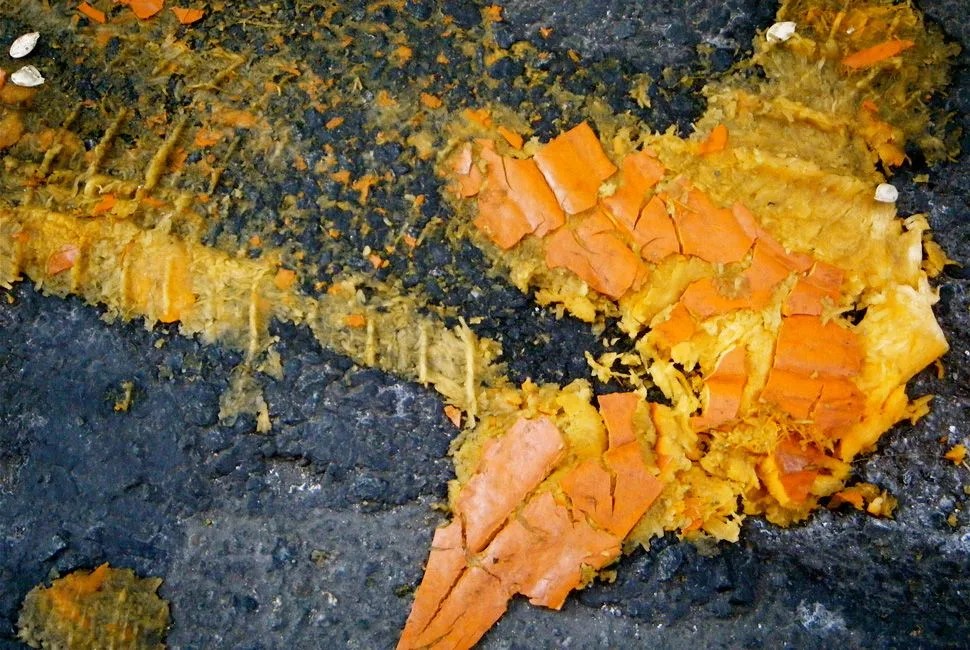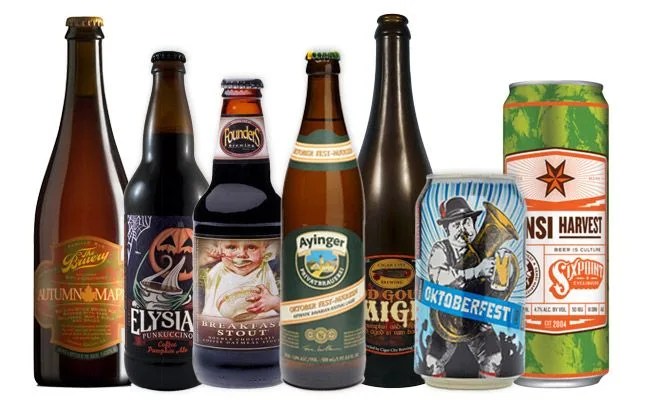My girlfriend’s dad has a whole shelf of his downstairs fridge dedicated to pumpkin beer. He collects them with glee, then drinks them with enthusiasm — but nothing over the top, not what you’d call religious zeal. It works out fantastically: I have an easy gift to bring every couple of visits.
The problem comes when he invites me to drink them with him. Of course I appreciate it, and being a curious drinker without a lick of sense, I’m always hoping for the best. But it always ends the same. My will to drink is sapped by the time I finish half a glass. By the end, my palate’s exhausted by an overpowering set of fall spice flavors, and I feel like taking a nap and waking up when winter rolls around. It’s exactly the opposite of how fall otherwise makes me feel: refreshed, vibrant, active.
MORE BEER TALK: In Defense of the Everyman Beer | Best Canned Craft Beers of 2014 | Guide to American Wheat Beers
Yes, I dislike pumpkin beer. Sometimes I dream of seeing a veritable ocean of the stuff spilled out by Prohibition agents, the orange bottles melted down and reused to make tchotchkes for the Dutch National soccer team. But that’s obviously subjective; the numbers say I’m in the minority in a big way. (And it’s not just beer: the Washington Post reported that each American eats more than five pounds of pumpkin per year.) In August of this year USA Today reported that pumpkin beers had not only flooded supermarkets well before Labor Day (and fall), but that the style is leading the fall seasonal beer resurgence, which is up 15 percent from 2012 to 2013 — and according to the Brewers Association, fall seasonal beers made $530 million last year. Which is of course good for beer and beer drinkers; pumpkin beers are a big part of craft beer’s explosive growth in the past decade.
And yet we pumpkin-haters seem to be gaining steam from all fronts. The most recent (and cheeky) attack happened when John Oliver took on pumpkin spice everything on his issue-crushing HBO show, Last Week Tonight; Oliver’s convinced it’s all in drinkers’ heads. “We tolerate pumpkin spice because we like the fall. Just about anything that reminds us of autumn is a better flavor than pumpkin spice. I personally would rather drink a cable-knit-sweater spiced latte, or a major-league-baseball spiced latte, or a keen-awareness-of-my-own-mortality spiced latte — because that’s what foliage is!” he said. And then there’s a young drinker for the Harvard Crimson with boozing on the mind who recently quipped that “You’re more likely to enter diabetic shock before you feel the slightest bit tipsy” when drinking pumpkin brews.
The rumblings of a coup d’etat have been growing for some time. Back in 2011 The Atlantic reported on “The Divisive Pumpkin Ale“, alleging that the style had become synonymous with a “liquid pumpkin pie or a treacly treat” of overwhelming nutmeg, cinnamon, cardamom, clove flavors. This is still the (very subjective) argument for people like me who loathe the stuff. But among brewers and beer enthusiasts, there’s growing distaste for pumpkin beer that goes beyond taste. They’re saying, with all due respect to their fellow brewers making the stuff, that some pumpkin beer practices are bad for consumers and craft beer in general.


